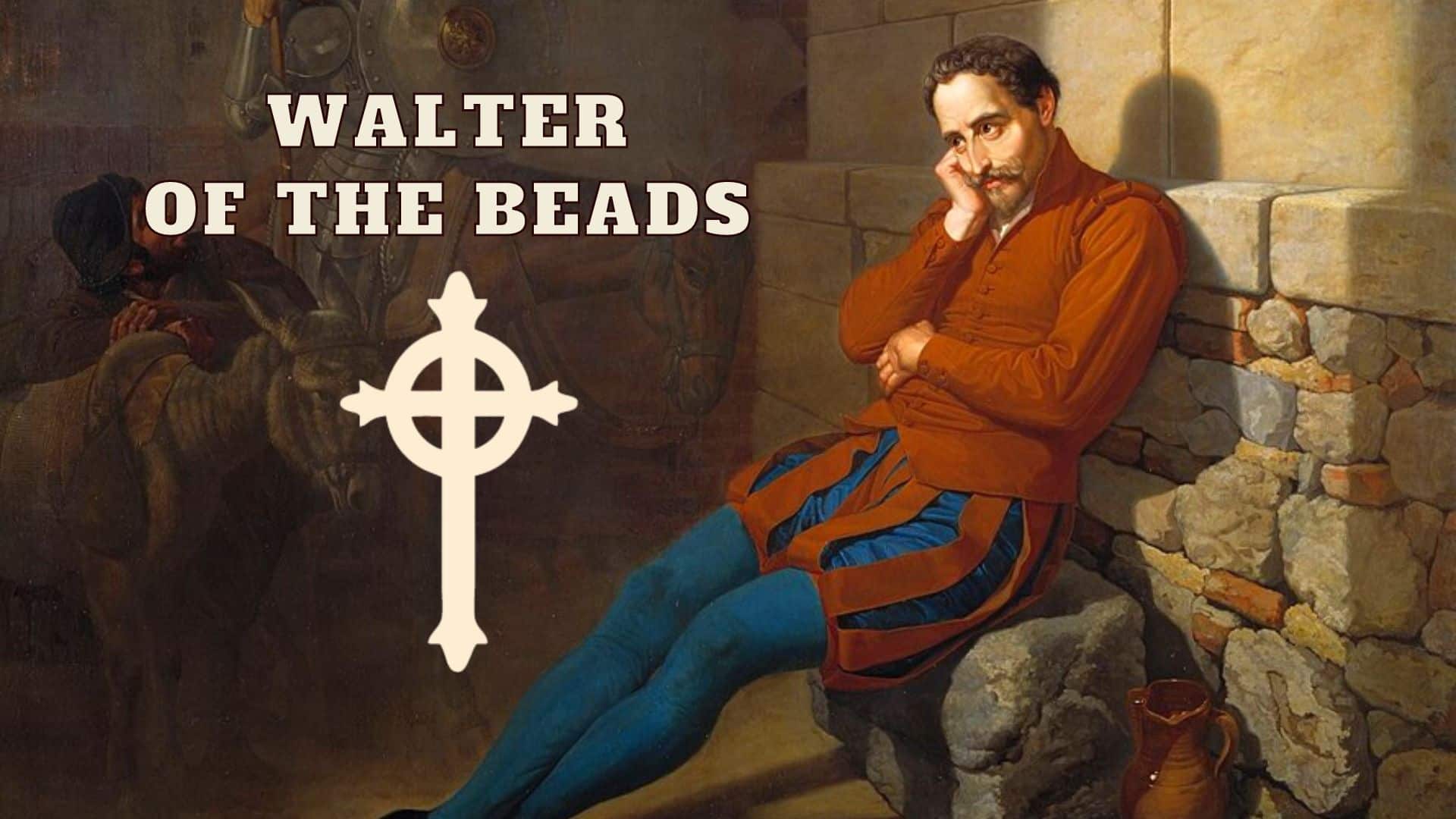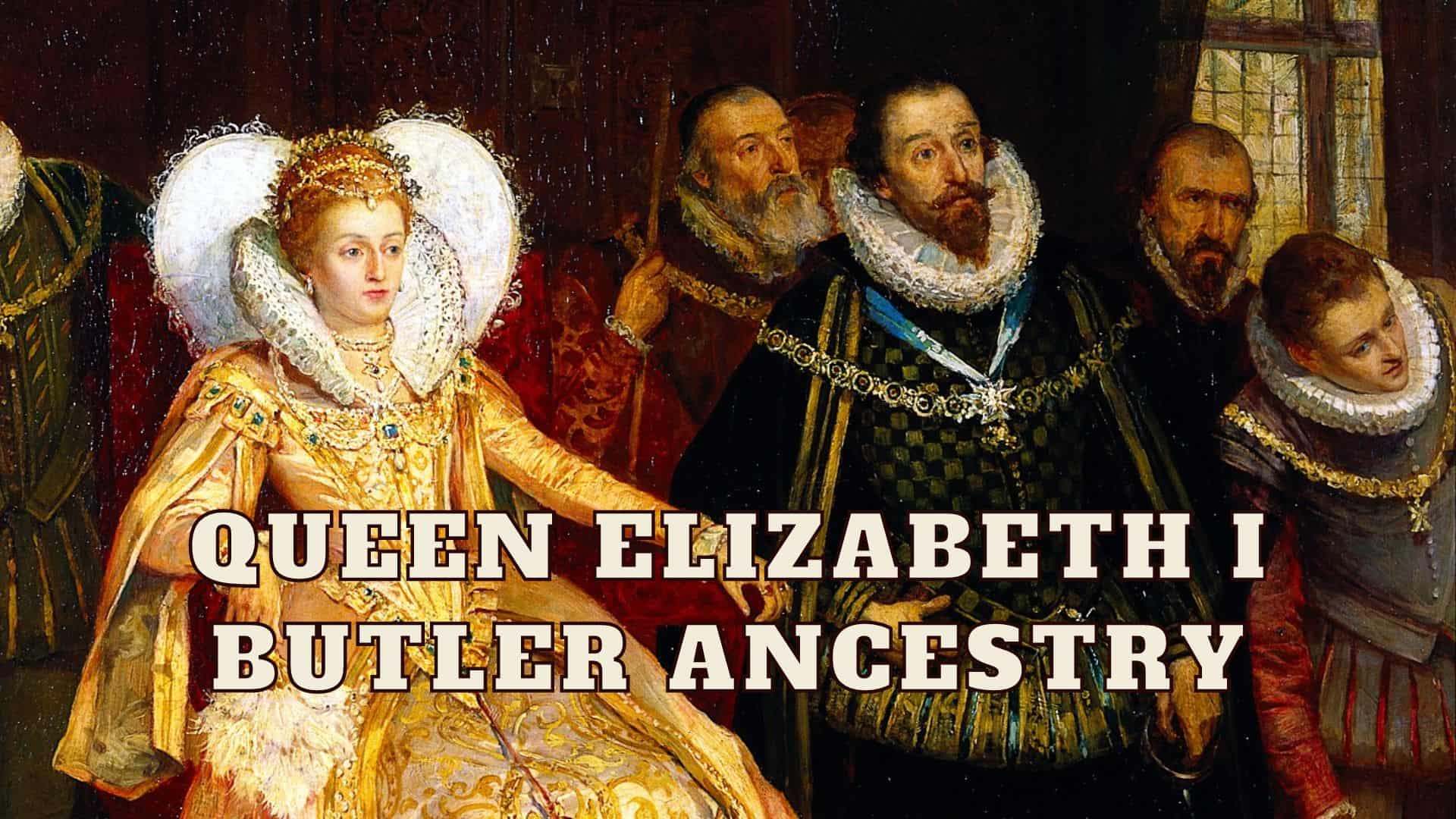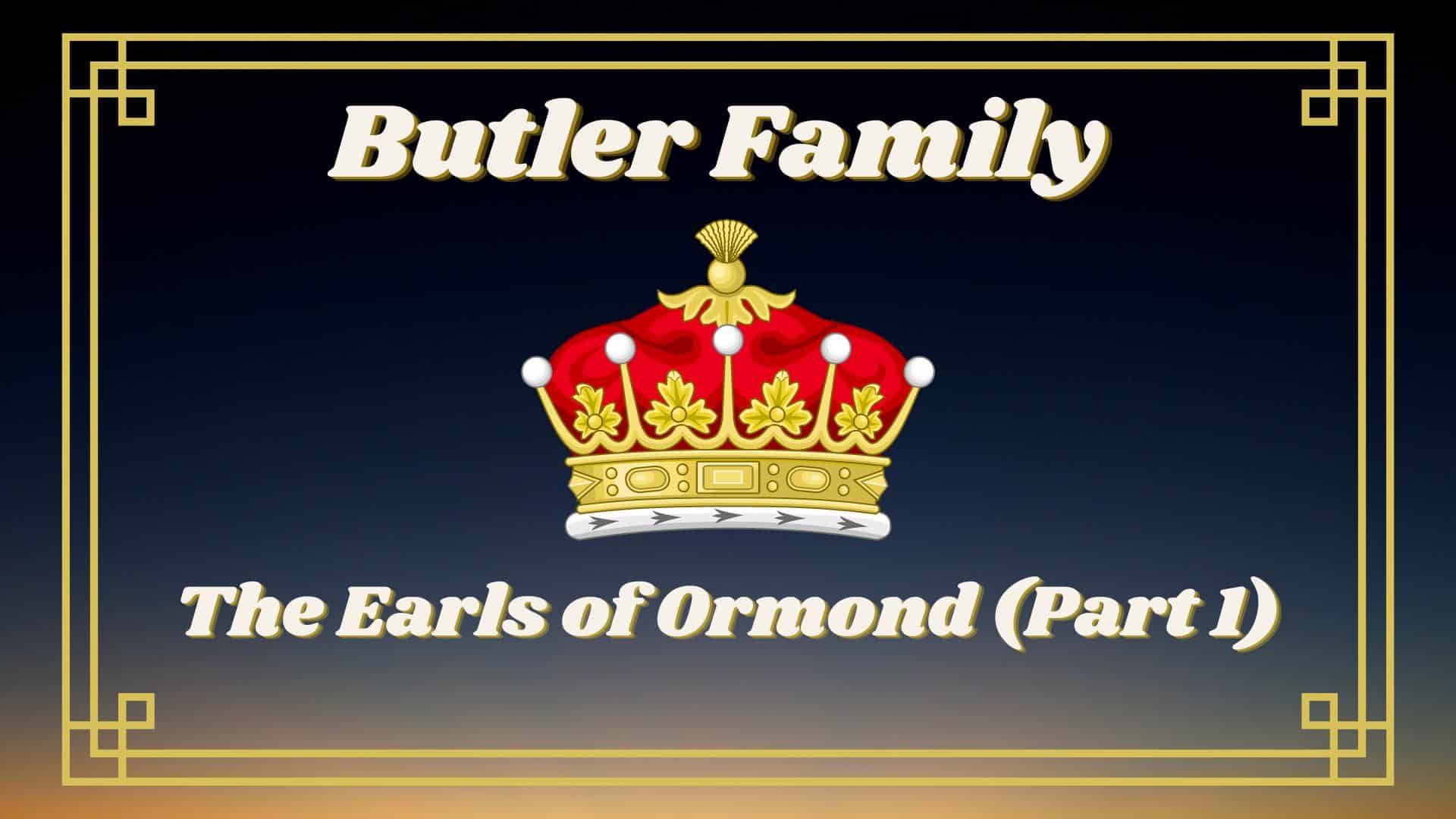Holy Roman Emperor Ferdinand II (L) and Albrecht von Wallenstein (R).
Early Life
Walter Butler (c.1600-1634) was born near Roscrea in County Tipperary Ireland. He was the second son of Peter Butler of Roscrea and his wife, Catherine de Burgo, and a descendant of James Butler, 3rd Earl of Ormond, through Butler families in Polestown and Roscrea.
When Walter’s family estate in Roscrea was confiscated by the crown in 1616, he became a soldier of fortune. He entered the armed forces of Ferdinand II, who was Holy Roman Emperor (1619-1637), King of Bohemia (1617-1619, 1620-1637), and King of Hungary and Croatia (1618-1637).
Military Service in the Thirty Years’ War
In April 1631, during the Thirty Years’ War, Walter and the Catholic Irishmen under his command fought for the Holy Roman Empire against the Protestant powers of Germany, Denmark, and Sweden. In a battle for a strategically important river crossing, Frankfurt an der Order in Brandenburg, Germany, Walter was shot in the arm, pierced through the thigh with a spike, captured, and held prisoner by the Swedish for six months.
Shortly after his release from his Swedish captors, Albrecht von Wallenstein, the commander-in-chief of the Imperial Army appointed by Emperor Ferdinand II, made Walter a colonel and gave him command of a regiment of dragoons (a class of mounted infantry). In battles against the Saxons, Walter served with distinction and was rewarded with winter quarters in Jagerndorf in the Moravian-Silesian Region of the Czech Republic. While he was in Jagerndorf, Walter married Anna Maria von Dohna.

The military adventures of Count Walter Butler.
A Plan to Save the Holy Roman Empire
In early 1634, Wallenstein, an ambitious leader with significant wealth and military power, took actions that threatened the Holy Roman Empire and Emperor Ferdinand II. He had secret negotiations with his Swedish adversaries behind the emperor’s back. And, more disturbingly, he required that the officers under his command pledge their loyalty to him “until death” in writing.
The emperor, convinced that Wallenstein was planning a coup to take over the empire, published an open patent in Prague charging his Imperial commander with high treason on February 18. The patent was followed by a decree removing Wallenstein from his command and an order for his arrest or death.
Realizing the perilous situation he was in, Wallenstein met with Walter in the town of Cheb in Western Bohemia (now part of the Czech Republic) on February 23. Wallenstein shared his grievances about the emperor with Walter and offered him the command of two highly paid regiments in return for his support.
Walter gave Wallenstein an assurance of support to buy time while he sent a message to the emperor saying that he was being coerced into following Wallenstein. He then met with two Scottish officers, Lieutenant-Colonel John Gordon and Major Walter Leslie, and made a plan to bring men from his dragoon regiment into town for a banquet at Cheb Castle on February 25.

With his men stationed around and inside the castle, Walter, Gordon, and Leslie waited for the wine to flow freely before crying out “Vivat Ferdinandus’ (Long Live Ferdinand!) to signal an attack on Wallenstein’s followers. Walter, Major Robert Geraldine, and Lieutenant Colonel Walter Devereux then went to Wallenstein’s quarters and assassinated him.
The next morning, Walter summoned members of the town council and told them about the assassination and the reasons for it. He followed this with a visit to all the troops in the area where loyalty to the Holy Roman Empire and the emperor may have been in doubt.
A Count is Created and Commended
Emperor Ferdinand II summoned Walter to his court shortly after Wallenstein’s assassination. For his loyalty and meritorious service, Walter was created a count of the empire, appointed Imperial chamberlain, and given the domain of Friedberg in Bavaria, which had belonged to Wallenstein.
In September 1634, Walter fought in the battle of Nordlingen and took the towns of Aurach and Schorndorf in the German territory of Wurttemberg. He died at Schorndorf on Christmas Day that year.
Walter’s only child, a daughter, died in infancy. A portion of his estate, including property in Bavaria, was claimed by Thomas Theobald Butler, Abbot of Duiske, on behalf of Walter’s grand-nephew, Thomas Butler of Clonmore. Some of his estate also went to help his countrymen at the Irish Franciscan Monastery in Prague.
Thomas Butler of Clonmore had two sons. One of the sons, Theobald, became the lord of the Bavarian property. He married a Bavarian woman and their descendants became the Butlers of Clonebough Hainhausen. Butler family members are still living in the region to this day.
Count Walter Butler’s Legacy
Walter’s actions leading to the assassination of Wallenstein were hailed as both necessary and heroic.
An Irish Franciscan said it “was absolutely necessary for the welfare of the House of Austria and the whole catholic church, and more praiseworthy than can ever be described. It has made our county and nation, otherwise quite unheard of here, most famous and well known.”
In “Transactions of the Kilkenny Archaeological Society,” author Francis Prendergast summarized Walter’s actions as follows: “This deed of Walter Butler may have prevented a train of consequences the most momentous; and if the manner of executing it forbids us to call the act, with Carve (referring to Thomas Carve, a Tipperary priest that was a chaplain in Walter’s regiment), heroic, the circumstances, as now stated, will, I trust, go far to relieve Butler’s character from the infamy which has hitherto rested upon it, and to exhibit him in the light of an officer impelled by a stern sense of duty, in a critical hour, to use the best and only means remaining to him to protect his sovereign’s crown.”
In 1799, 165 years after his death, Walter was immortalized in Wallenstein, a trilogy of dramas by German author Friedrich Schille.
Primary Sources:
- Stephen, Leslie. Dictionary of National Biography, vol. 8, 1886, pp. 86-89
- Prendergast, Francis. “An Authentic Account of the Death of Wallenstein, with a Vindication of the Motives of Colonel Walter Butler.” Transactions of the Kilkenny Archaeological Society, vol. 2, no. 1, Royal Society of Antiquaries of Ireland, 1852, pp. 9–32.
- Macken, Mary M. “Wallenstein and Butler: 1634-1934.” Studies: An Irish Quarterly Review, vol. 23, no. 92, Irish Province of the Society of Jesus, 1934, pp. 593–610.
- Corcoran, T. “A Man of Action. Action for Irish Catholic Education Three Centuries Ago. II: Walter Butler of Friedberg.” The Irish Monthly, vol. 63, no. 742, Irish Jesuit Province, 1935, pp. 243–53.
- Image 2 (Map): By mapswire, CC BY-SA 4.0.













